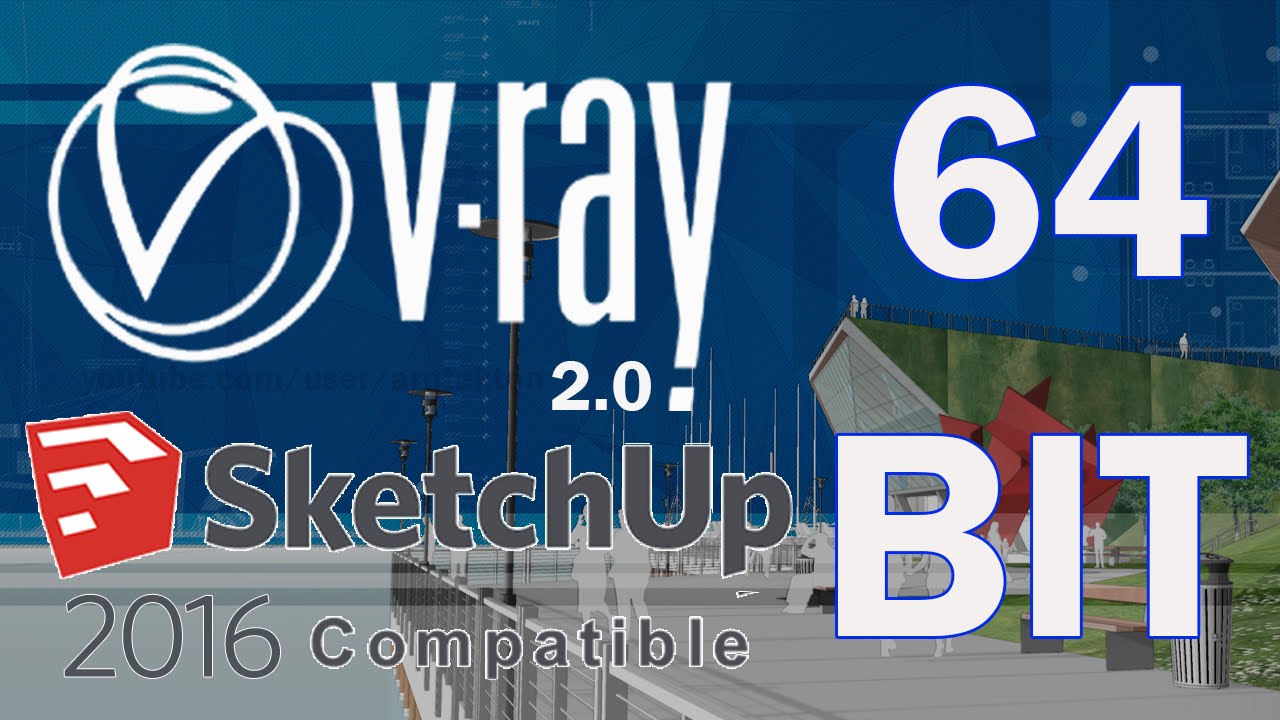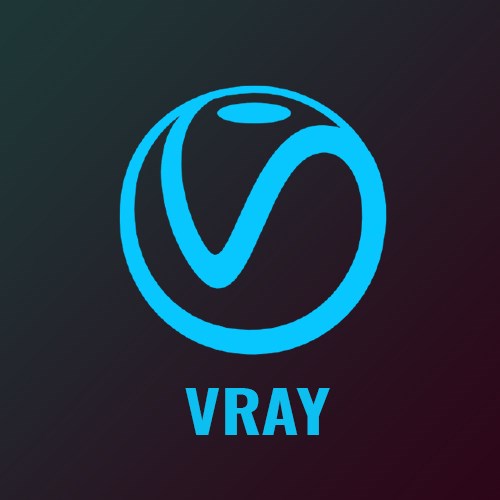

The final outcome was to produce 3 renders of your project.

#V ray sketchup software
We were taught about various skills such as 3D scanning, using Arc GIS and even software such as Rhino. The Future Representation module is all about finding new ways to represent your ideas. Obviously your project and aims for creating these renders will be totally different so there is only so much I can share that may actually help you but this is how I developed my skills in this particular area. There really is no right or wrong but other suggestions I’ve been given include Blender, Enscape and Lumion. These are two software I’m most comfortable with at the moment and work great for me but of course, use whatever you are familiar with and would like to give a try. Correct me if I’m wrong and you’ve come across creators online who are showcasing the ins and outs of crafting renders.īefore I begin, it’s important to note that my weapons of choice for this project are Sketchup and V-Ray. But there isn’t anything solid geared towards students who are busy building their own worlds and hypothetical projects from thin air. The thing with rendering in the design space is that there are plenty of tutorials online for designing products or for commercial and retail styled renders that you’d usually see in architecture practices. In this post, I wanted to just break down all the myths about rendering but also offer some genuinely actionable tips that you can take away if you’re also a beginner like myself. Luckily for me, the MArch programme at Greenwich has an entire module dedicated to, you guessed it, rendering.

It’s actually a skill I avoided for the most part during my undergraduate because I always felt it was too steep of a learning curve and I just didn’t have enough time to grasp it amidst the constant deadlines.
#V ray sketchup professional
Rendering is one of the fastest growing skills in architecture and it’s not just used in a professional setting but also in academia.


 0 kommentar(er)
0 kommentar(er)
